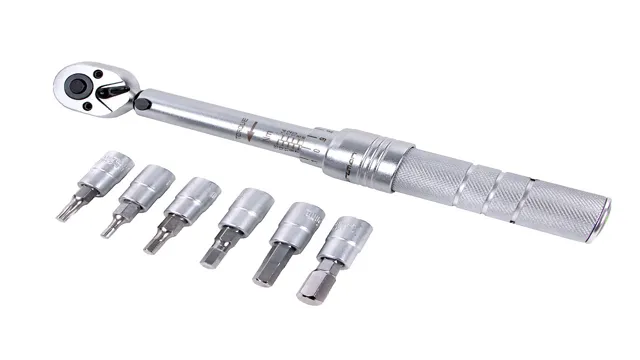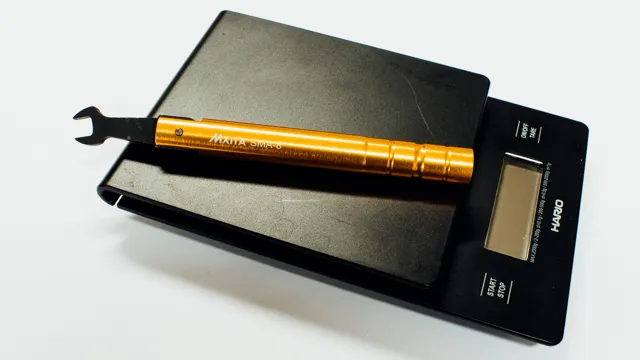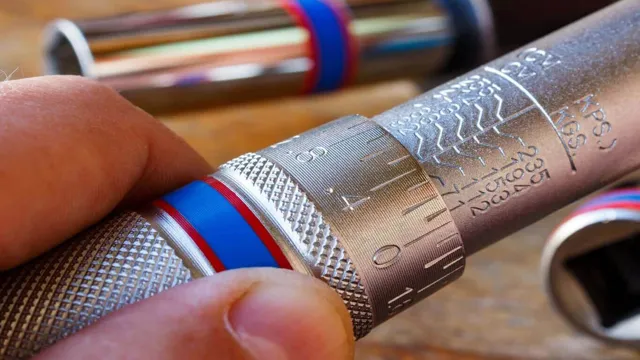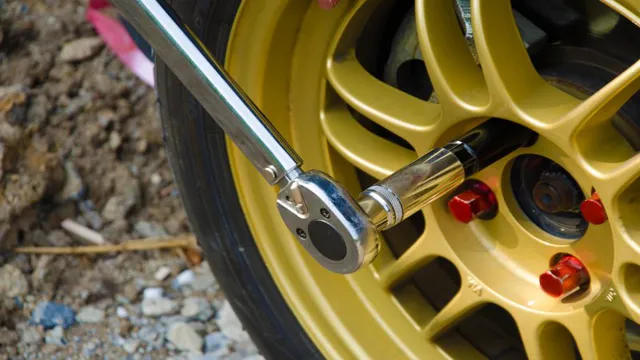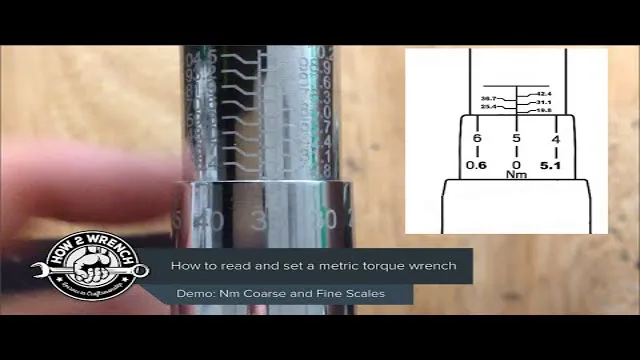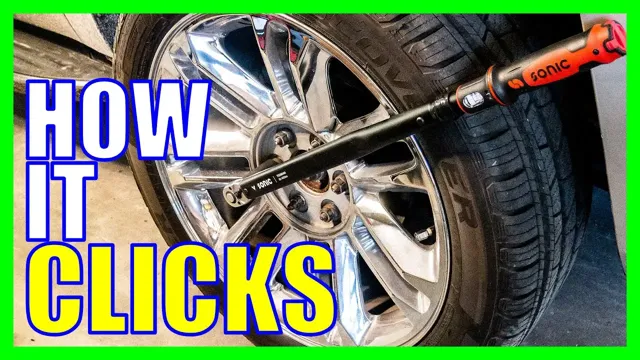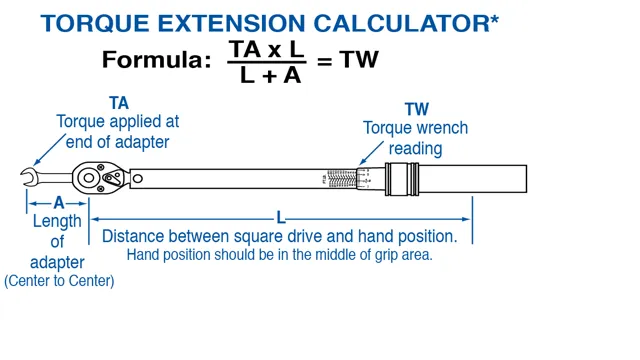How does a Pneumatic Torque Wrench Work to Achieve Accurate Bolt Tightening?
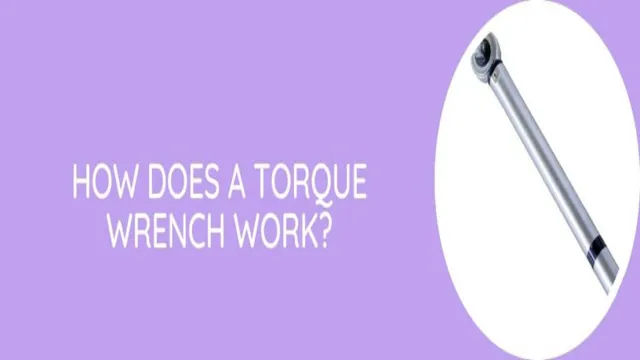
Working on heavy machinery, automobiles, or industrial equipment requires a precise tool for torqueing the bolts. The desired torque level on any fastener needs to be achieved with accuracy and efficiency, keeping in mind the safety of the workers and the equipment. This is where Pneumatic Torque Wrench comes into play.
Wondering how it works? In this blog, we’ll break down the mechanism and technology behind pneumatic torque wrenches, along with their advantages in comparison to other types of torque wrenches. So, gear up to learn the nuts and bolts of Pneumatic Torque Wrenches and how they make bolting and fastening jobs easier and faster.
Introduction
If you’re curious about how a pneumatic torque wrench works, you’re in the right place! A pneumatic torque wrench operates using compressed air to generate torque, or rotational force, on nuts and bolts. This type of wrench is commonly used in industrial and automotive settings, as it can handle high levels of torque and is quicker to use than manual alternatives. When the wrench is connected to an air compressor, compressed air flows into the tool’s motor, which drives a rotating mechanism called an anvil.
As the anvil rotates, it applies torque to the nut or bolt, tightening or loosening it as needed. The amount of torque applied can be controlled by adjusting the air pressure, allowing for precise and accurate fastening. So, if you need to tighten or loosen nuts and bolts with speed and reliability, a pneumatic torque wrench may be just what you need!
Overview of Pneumatic Tools
Pneumatic tools are a staple in various industries, and their ability to perform heavy-duty tasks is unrivaled compared to electronic and hand tools. Pneumatic tools use compressed air as their power source, and they come in various shapes and sizes to cater to the specific needs of the user. These tools are a go-to in construction, automotive, and manufacturing, to name a few.
The main difference between pneumatic and electronic tools is their power source, with the former being more durable and reliable, making them ideal for heavy-duty applications. Pneumatic tools also have an advantage over hand tools in that they can deliver consistent power and speed, making them more efficient. Overall, pneumatic tools are dependable, powerful, and versatile tools that can make any job easier and faster.
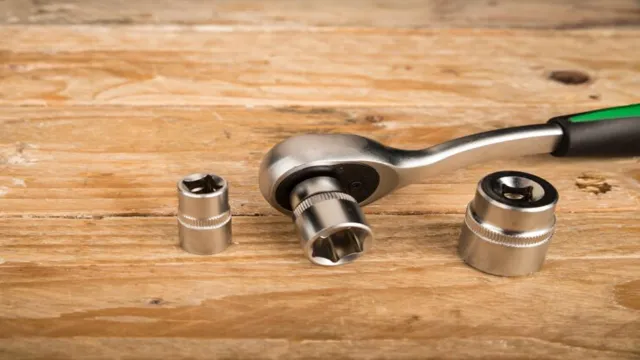
Definition of Torque Wrench
Torque wrench Introduction: A torque wrench is a tool that is designed to apply a specific amount of force or torque to a bolt or nut. This tool is widely used in various industries like automotive, aviation, and engineering. Torque wrenches help ensure that bolts and nuts are tightened to the proper specifications, preventing damage or failure due to over-tightening or under-tightening.
They come in different types and sizes, with each type having its unique features that suit different applications. Using a torque wrench can help prevent injuries and equipment damages, guaranteeing safety, accuracy, and efficiency in any work setting. With the right tool and knowledge, torque wrenches can help you achieve precise torque, providing reliable and consistent results for all your mechanical needs.
Pneumatic Torque Wrench Components
A pneumatic torque wrench is a tool that utilizes compressed air to tighten or loosen bolts and nuts quickly and efficiently. It has several components that work together to achieve this. The main component is the air motor, which converts the compressed air into rotational energy.
The motor’s speed and power can be adjusted by regulating the air pressure. The torque output is controlled by the pressure regulator, which determines the amount of air that flows into the motor. A square drive socket is attached to the end of the wrench, which is used to interface with the bolt or nut being tightened or loosened.
The socket size is determined by the size of the bolt or nut being worked on. Additionally, the tool has a trigger that controls the flow of air and a reaction arm that helps to stabilize the wrench during use. The reaction arm is placed against the object being worked on, and, as the motor turns the socket, the arm prevents the wrench from rotating in the opposite direction, which could result in personal injury or damage to the equipment.
In conclusion, a pneumatic torque wrench simplifies the process of tightening and loosening bolts and nuts by using compressed air to power its motor and various components, making it a vital tool in many industries.
Air Motor
If you’re looking for a tool that can get the job done quickly and efficiently, then a pneumatic torque wrench might be just what you need. This type of tool is powered by an air motor, which generates torque to tighten or loosen bolts or nuts. The main components of a pneumatic torque wrench include the air motor, gearbox, and drive shaft.
The air motor is the key component that converts compressed air into rotational energy, while the gearbox transmits this energy to the drive shaft, which in turn applies the torque to the fastener. Pneumatic torque wrenches are widely used in industries such as automotive, construction, and manufacturing, due to their high torque output and speed. So, if you’re looking for a tool that can help you work smarter, not harder, a pneumatic torque wrench could be just what you need.
Hammer Mechanism
The hammer mechanism is a crucial component in a pneumatic torque wrench. It relies on compressed air to power a piston that strikes an anvil, producing a torque force on the nut or bolt being tightened. The hammer mechanism consists of several parts, including the hammer, anvil, cylinder, and piston.
When compressed air is released into the cylinder, the piston moves forward, striking the hammer against the anvil. This repeated impact generates the powerful torque force needed to tighten or loosen heavy-duty nuts and bolts quickly. It’s like the swing of a hammer, but much faster and more precise.
The hammer mechanism is critical in the performance of a pneumatic torque wrench, and a well-maintained tool will give accurate and consistent results every time it’s used.
Torque Measuring Mechanism
When it comes to measuring torque in industrial applications, pneumatic torque wrenches have become a popular choice thanks to their ease of use and accuracy. These wrenches contain several key components, including an air motor, a gearbox, and a torque sensor. The air motor provides the power needed to turn the wrench, while the gearbox converts that rotational motion into the desired torque output.
The torque sensor, typically mounted between the motor and the gearbox, measures the amount of torque being applied. This information is transmitted to a controller, which can be used to adjust the torque output as needed for a given application. With their precise torque measurement capabilities and user-friendly design, pneumatic torque wrenches have quickly become a go-to choice for a wide range of industrial torque measurement applications.
How It Works
If you’re wondering how a pneumatic torque wrench works, it’s all about utilizing compressed air to provide the necessary power to tighten or loosen bolts. Air is pumped into the wrench, which in turn activates a motor and piston combo inside the tool. As the piston moves back and forth, it drives the socket and produces the desired torque output.
The amount of torque produced is based on the force generated by the piston and the air pressure level provided to the wrench. The use of compressed air makes the tool very powerful and efficient, allowing for quick and accurate tightening of bolts without the need for excessive physical exertion. Pneumatic torque wrenches are particularly useful in situations where high torque levels are required, such as in the automotive and construction industries.
They are also highly convenient due to their relatively lightweight and easy operation, making them a go-to tool for many professionals.
Step-by-Step Process of Operation
The step-by-step process of operation for any system can be daunting to navigate, but understanding how it works is essential for optimal efficiency. Generally, the process begins with understanding the system’s purpose and identifying the inputs and outputs necessary for achieving the desired outcome. From there, the system’s components must be carefully evaluated to ensure they can perform their intended functions.
Once all necessary components are identified, they must be assembled and connected according to designated blueprints or schematics. Following the physical assembly, the system must be calibrated and tested to ensure it operates as intended. Finally, ongoing maintenance and troubleshooting are necessary to ensure the system continues to function at peak efficiency.
By diligently following this step-by-step process, it is possible to create a fully functional system that meets user needs and achieves desired outcomes.
Torque Settings and Adjustments
Torque settings and adjustments are crucial in ensuring that machines and equipment operate effectively and safely. Torque refers to the amount of force required to rotate an object around an axis. When it comes to machinery, too much or too little torque can cause serious problems.
That’s why it’s important to ensure that torque settings are properly adjusted to the right level. There are various ways of measuring torque, but the most common way is to use a torque wrench. A torque wrench is a tool that enables you to set the exact amount of torque required on a bolt or nut.
This makes it easy to ensure that the right amount of force is applied to each fastener. Once the desired torque is set, the wrench will click or indicate when the correct level of force has been reached. This helps to prevent over-tightening and under-tightening, which can cause damage or lead to accidents.
In summary, torque settings and adjustments are a vital aspect of machine maintenance and should not be overlooked.
Advantages and Disadvantages
A pneumatic torque wrench is a powerful tool that is commonly used in the automotive industry to tighten bolts and nuts to a specific torque value. So, how does a pneumatic torque wrench work? Simply put, it uses compressed air to generate torque. The air is compressed by a motor and then released through the wrench to tighten the bolt or nut.
The advantages of a pneumatic torque wrench are that it can produce high levels of torque quickly and accurately, and it can be used in harsh environments, such as those with high temperatures or moisture levels. However, there are also disadvantages. The cost of a pneumatic torque wrench can be quite high, and it requires a constant supply of compressed air, which can be expensive to maintain.
Additionally, the noise level of the tool can be quite loud, which can be problematic in enclosed spaces. Overall, a pneumatic torque wrench is a powerful tool that can make tightening bolts and nuts much easier, but it is important to weigh the advantages and disadvantages before deciding whether it is right for your needs.
Benefits of Using Pneumatic Torque Wrenches
When it comes to tightening bolts in various industries, pneumatic torque wrenches have become a popular choice for their numerous advantages. One of the main benefits of using pneumatic torque wrenches is their speed, which is significantly higher than manual wrenches. Additionally, these wrenches have a higher torque range, which is especially advantageous in heavy-duty applications.
Pneumatic torque wrenches are also very precise, ensuring that the correct tension is applied to a bolt without over or under tightening. They are also lightweight, making them easy to handle and transport. However, there are also some disadvantages to consider, such as the need for a constant air supply and the potential for noise and vibration.
Despite these drawbacks, pneumatic torque wrenches remain a popular choice in various industries, including automotive, railway, and construction, due to their speed, precision, and versatility.
Limitations of Pneumatic Torque Wrenches
Pneumatic torque wrenches are popular tools used in various industries to tighten or loosen heavy bolts and nuts. These tools are powered by compressed air and can deliver high levels of torque for heavy-duty applications. One of the main advantages of pneumatic torque wrenches is their speed and efficiency, allowing operators to complete tasks quickly and with accuracy.
However, there are also some limitations to using these tools. One of the biggest disadvantages is that they require a reliable air source to function properly, which can be challenging in remote locations or areas with limited access to compressed air. Additionally, pneumatic torque wrenches are often larger and heavier than other tools, making them less suitable for tight spaces or areas with limited maneuverability.
Another limitation is that they can be quite loud when in use, posing a risk to the operator’s hearing if not adequately protected. Overall, while pneumatic torque wrenches offer many benefits, it’s essential to understand their limitations to ensure safe and efficient use.
Conclusion
In conclusion, a pneumatic torque wrench works by harnessing the power of compressed air to apply torque to a variety of nuts and bolts. The internal workings are complex, involving intricate valves, pressure regulators and gearing systems that work together seamlessly to provide accurate and precise results. In essence, it’s like having a DIY superhero on your tool belt – efficient, fast, and capable of tackling even the toughest projects with ease.
So, whether you’re a professional mechanic or a weekend warrior, a pneumatic torque wrench should be your go-to tool for effortless torque and maximum performance.”
FAQs
What is a pneumatic torque wrench and how does it work?
A pneumatic torque wrench is a tool used to apply a specific amount of torque to a fastener. It works using compressed air to create rotational force, which is then transferred to the fastener.
What are the benefits of using a pneumatic torque wrench?
There are several benefits to using a pneumatic torque wrench, including improved accuracy, reduced operator fatigue, and faster operation compared to manual torque wrenches.
What types of applications are pneumatic torque wrenches ideal for?
Pneumatic torque wrenches are ideal for applications where precise torque control is necessary, such as in automotive, aerospace, and industrial manufacturing.
How do you properly maintain a pneumatic torque wrench?
Proper maintenance of a pneumatic torque wrench includes regular lubrication and cleaning, checking for air leaks, and calibration to ensure accuracy.
What factors should be considered when selecting a pneumatic torque wrench?
Factors to consider when selecting a pneumatic torque wrench include the desired torque range, the type of fastener being used, the required accuracy, and the overall size and weight of the tool.
Can a pneumatic torque wrench be used for tightening and loosening bolts?
Yes, a pneumatic torque wrench can be used for both tightening and loosening bolts, but it is important to follow the manufacturer’s instructions and use the appropriate torque settings.
How does a pneumatic torque wrench compare to an electric torque wrench?
While both types of torque wrenches offer precise torque control, pneumatic torque wrenches are typically more powerful and can be used in a wider range of applications, while electric torque wrenches are more portable and easier to use in tight spaces.

